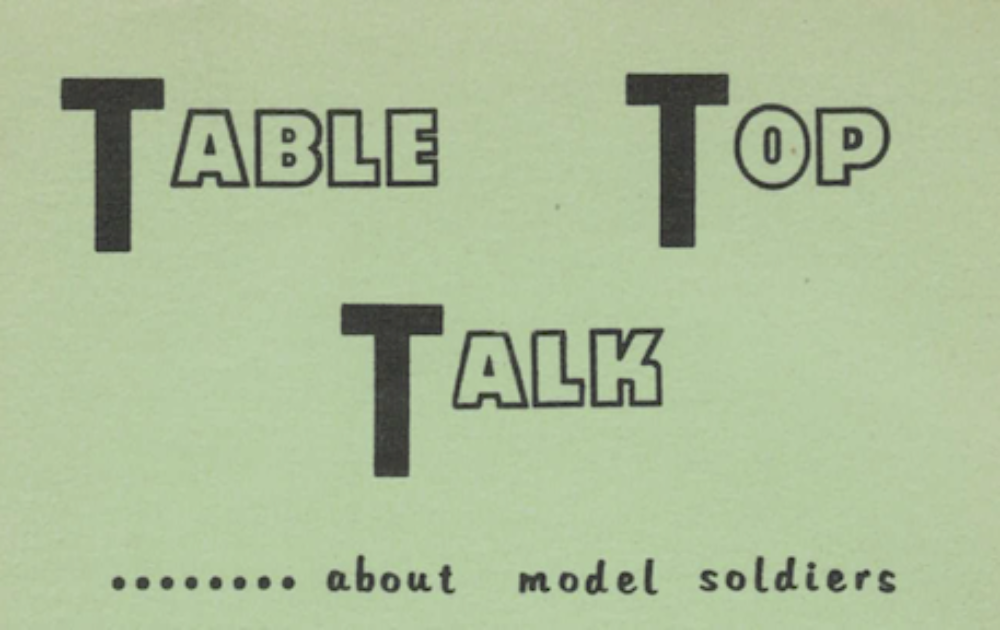V. MOVEMENT need not be in a straight line. Turns and pivots are allowed, but no part of the unit may exceed the movement rate.
Cross-index each unit’s formation on the Movement Rates Chart with the type of terrain it will pass through. This will give the minimum distance the unit may move. It may, of course move less, if desired, or even stand still.
“Fall back” means for a unit to move backwards, in the opposite direction from the one the figures face.
To change formation (e.g. from attack column to line) consumes one half the movement portion of the unit’s turn.
A unit can only form skirmish line if it was in either a line or extended line first. By the same token, an extended line or skirmish line cannot change directly into attack column without spending at least one half a turn in line.
Line and March column are not separate formations, and it does not take a half turn to change from one to the other. The only difference is in the direction moved.
One-stand infantry and cavalry units are presumed to be in line formation.
The Charge movement rate cannot be used unless the unit charging is expected to actually reach contact with an enemy unit. However the intention to charge and the target unit must be announced before measuring the distance to that unit. If the distance proves to be greater than the unit is able to charge, it is moved the maximum charge move toward the intended target unit. A unit that has charged without reaching its target cannot move at all, or change formation, on the following turn (unless forced to do so by enemy action). It must stand still and reform.
If a unit is to move through different types of terrain in a single move, break the move down into fractions. For instance, a skirmish line is starting on clear terrain, and moves forward 2 inches to a woods. It now has half its movement left, so it may pro cede into the woods up to 1 3/4 inches (half of the woods rate for skirmish line).
Each unit can turn around and face 180 degrees in the opposite direction once each turn. For instance, a unit facing the enemy can turn around and then retreat, but cannot then turn back around to face the enemy — until the next turn.
MOVING THROUGH FRIENDLY UNITS:
Any unit can make any move through (the short way) a friendly skirmish line (inf. or cav.) or unlimbered artillery provided that the skirmish line, or artillery, itself does not move at all.
Any unit can make any move except charge through (the short way) a friendly infantry line, extended line or march column provided that the unit being moved through itself does not move at all, and that the unit moving subtracts ‘>” from its movement rate.
No other formations may be moved through at all.
MOVING THROUGH ENEMY UNITS cannot be done except that cavalry may charge (only) through an enemy infantry (or dismounted cavalry) skirmish line (the short way), without effecting it or being effected by it, in order to reach another enemy unit behind it. The skirmish line could, however, be entitled to defensive fire at the cavalry.
FORCED MARCHING may be attempted by any infantry unit which is out of sight of the enemy.
“Out of sight of the enemy” is defined as either:
Literally unable to see any enemy units due to blocking terrain or none being on the table –or-
The unit is at least 15″ from the nearest enemy unit and was not fired upon by the enemy on the last enemy turn.
Decide whether the unit will attempt a “disciplined”, “moderate” or “all-out” forced march. Roll a 12-sided die and then consult the Forced March Chart. “No” means the unit will not forced March. “Yes” means the unit may move twice as far as otherwise entitled, provided it does not move to within 15″ of any enemy unit. “X” means the same as “Yes” except that one stand of the unit is left behind and the others must move away from it at least one inch. Thereafter, the separated stand is treated as a separate unit until it rejoins the rest of the unit. “Lose” means the same as “X” except that one stand is removed, instead of left behind.
Units that have lost stands (from any cause) may be combined to form 2-stand or 3-stand units, but:
They must belong to the same brigade and their brigade or higher commander must be within one inch of the units being combined.
- No stands may be left over and the unit cannot exceed 3 stands.
- Infantry cannot function as Light infantry unless ALL stands are light infantry.
- Cavalry cannot function as light cavalry unless ALL stands are light cavalry.
- Cavalry cannot dismount unless all are dragoons.
- Artillery may function as horse artillery if the crew stand is horse artillery.
- Artillery units that have lost their horses stand can no longer move their gun stand, except by manhandling I” per turn. Once the horses stand is gone the crew stand may be separated from the gun stand if desired.
- No unit can make a move unless it has sufficiently high morale for the specific move ordered.
